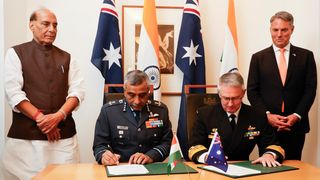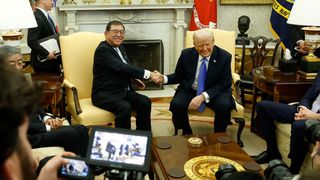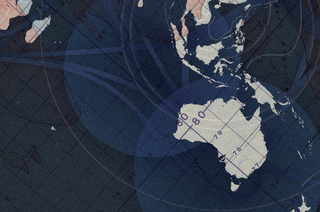Events
Next event
Rushali Saha and Dr Lavina Lee will discuss how Australia and India can build their governance capacities to address common maritime security challenges.
28 January 2026
6.00pm
-7.00pm AEDT

Recent events
10 December 2025
Experts reviewed a historic year in US politics and discussed the results of the 2025 Allies and Partners Poll.

9 December 2025
A panel of experts discussed the progression of the Australia-India relationship towards increased operational maritime cooperation.
16 October 2025
USSC hosted a discussion on Russian disinformation with a panel of experts, including the Ukrainian Ambassador to Australia.
17 September 2025
We convened international experts across government, business and research to share their insights on all the discussions happening in Washington, Canberra and Tokyo, and what they mean for US allies and partners around the world.
6 September 2025
Secondary school teachers convened at the University of Sydney for a half-day NESA-accredited professional development workshop exploring the intersections of AI, technology, policy and the social sciences.

6 August 2025
A panel of experts unpacked Japan’s National Security Strategy and explored the opportunities and challenges for Australia-Japan-US trilateral strategic cooperation








